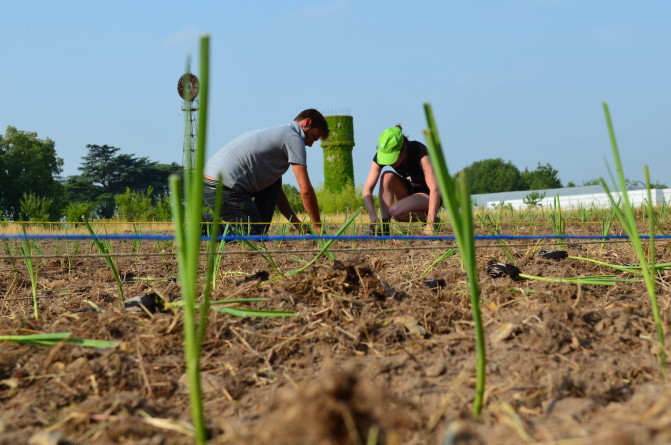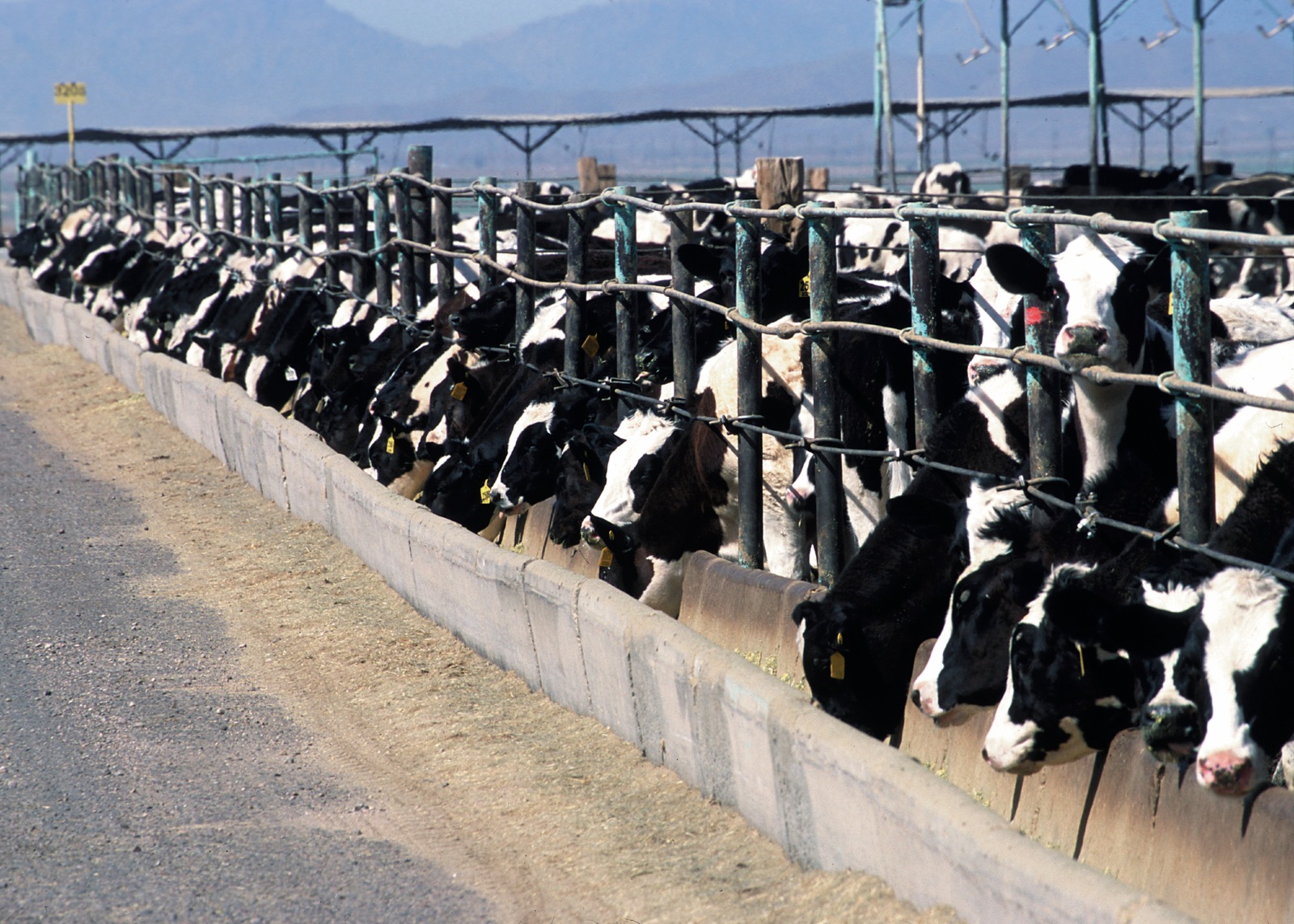It’s 2030 and my 15-year old daughter asked me to talk to her classmates about a world that no longer exists. How can I explain just how incoherent we were and how we failed to find solutions?
The year 2015 was difficult. In France, we even start referring to the “curse of the 15s”, of the early years of each century that bring about huge change – in 1715, the death of Louis XIV; in 1815, the battle of Waterloo; in 1915 World War I; and in 2015… COP21?
We could also consider this as the end of a cycle – 1789 and the French Revolution, 1889 and the Industrial Revolution in France and 1989 and the triumph of liberalism.
Feature by Aymeric Jung, sustainable finance specialist and fan of organic farming.
1. The food system
Good evening,
I’d like to take you back in time to the year you were born. In 2015, the effects of the 2008 financial crisis were still affecting the economy, but also society, politics and the environment.
How can we hold our heads up high and explain what today seem unjustifiable? How can we explain that my generation, born in the 1970s, and the one before, believed in technology to such an extent that nature became a “slave”?
Today we live in a world where harmony and sharing prevail, but it is important to remember that this was not the case 15 years ago. I’m not talking about the early 20th century, but the 21st century. The ideas upon which our society is based did exist, but they were considered to be unrealistic and even utopic by political leaders.
The agriculture of the XXth century
People thought it was impossible to eat, live, consume, work and travel, whilst also protecting the environment and respecting nature. Very few people thought that the economy could be circular and a linear vision dominated. Just like centuries earlier, most people thought that the world was flat!
Following the political revolution in the 18th century, the economic revolution in the 19th century and the technological revolution in the 20th century, we successfully brought about an ecological revolution in the 21st century.
I’ll begin by talking to you about agriculture and food, as this is where the first transformations took place that allowed us to achieve the alimentary sovereignty that we now enjoy across the world.
In the second half of the 20th century in the wake of World War II, we concentrated exclusively on quantity and industrial production. Explosive specialists started to sell fertilisers and chemical products and science took hold of everything including nature.
Cows were kept in constant confinement in huge numbers.
In just 50 short years, we had implemented a system that today seems not only ineffective, but also criminal. World food depended on:
- Industrial and chemical agriculture, often based on one crop, that destroyed the soil and polluted the water
- Animals raised exclusively for their meat with no ethical standards regarding their treatment or slaughter
- World trade whereby products from a region or country were transported thousands of kilometres to feed consumers in other countries – with a massive impact on the environment
- Large industrial groups that made and distributed “artificial” food products sold under different brands – today, we would be horrified just looking at them!
- Patented OGM claiming to be a “magical” solution for world agriculture
This system was completely ineffective given that it coexisted with 1 billion obese people (15% of the population) and 800 million people suffering from malnutrition. And, to top it all off, 40% of world food production was wasted and agriculture was responsible for 25% of green house gases.
We created a “human” food system that poisoned us and destroyed the planet, its biosphere and biodiversity.
Today, this is unthinkable. Society is based on being in harmony with nature and preserving natural resources, whilst respecting ecosystems, diversity and wildlife. Today, this seems extravagant in comparison to our micro-farms, short circuits, permaculture, synergies between culture, trees and animals, urban agriculture, local transformations, biomass and decentralised energy.
For those of you hearing about industrial agriculture for the first time tonight, I can give you some documents from the period, as part of our duty remember the past1. We need to ensure that a short-term productivity-driven vision that only benefits a minority (1%) will never again be implemented.
The more sensitive among you should skip the part about meat consumption. It was common to eat meat every day without worrying about animal wellbeing. Few people understood the importance of culture and seed diversity in creating a resistant and independent system like we have today. Nor did they didn’t take into account the role played by agroforestry, biomass and culture mixing, as Mathieu Calame reminds us.

The micro-farm, an agricultural system that became widespread after 2015. Here, the experimental micro-farm of Montlouis-sur-Loire (Touraine).
The key change: the bottom-up movement
The micro-farm became a widely used agricultural system after 2015 – above, an experimental micro-farm at Montlouis-sur-Loire (Touraine).
How did all this end? That’s exactly what I am here to talk about. Have you heard of COP21 2015 in Paris? I’m not mentioning this event, which most of you have never heard of, because it happened in the year you were born, but because it was moment when we placed huge hope in international negotiations. We still believed in the politicians that we dreamed of seeing as our leaders.
However, in the end, it wasn’t the belief that these international political conferences might be successful that “woke up” the population, but rather their repeated failure – despite the active role played by numerous associations and ONGs.
After each failure, a growing section of the population was reunited by their incomprehension and frustration. These people wanted to bring about change – by modifying their habits and rejecting the convenience of daily life – and considered the long-term impact of our actions. This movement created the desire to work together based on a new form of organisation, which would initially be complementary to the existing model, but would, in time, be capable of substituting a system that damaged our world and generated huge climatic imbalances.
I am delighted to share my analysis of this period with you. Today, you may find some of my comparisons amusing, but the situation was very serious.
People were afraid of the consequences of climate change and this created political instability. The temperature – of the planet and people’s tempers – rose. A movement grew from the bottom up. It wasn’t new tax laws or environmental militants that brought about change, but rather that each one of us changed the way we consumed and lived. Political voting had become ineffective, where as informed consumer choices were easy to replicate.
Changes in the food system gave rise to new players such as social and solidary entrepreneurs. Through the companies they created, they were able to meet the needs of a population disenchanted by politics.
Keen to avoid getting ill by eating “artificial” food, people searched for high quality local alternatives. This made subsistence and the success of small local farmers – who looked after the environment and provided healthy, traceable and ecological food – possible.
Today, you can collect fruit and vegetables on your way home and share a meal with your neighbours. 15 years ago, this was just a vision for me. And as Thomas Edison said, “a vision without execution is an hallucination.”
After the break, I’ll show you how this vision became a reality and transformed our world by breaking away from “traditional” economic models, as well as in many other sectors like finance, transport and consumption.
- French references: Nos enfants nous accuseront, Jean-Paul Jaud; Home,Yann Arthus-Bertrand; Solution locale pour un désordre global, Coline Serreau; Les Moissons du Futur, Marie-Monique Robin




